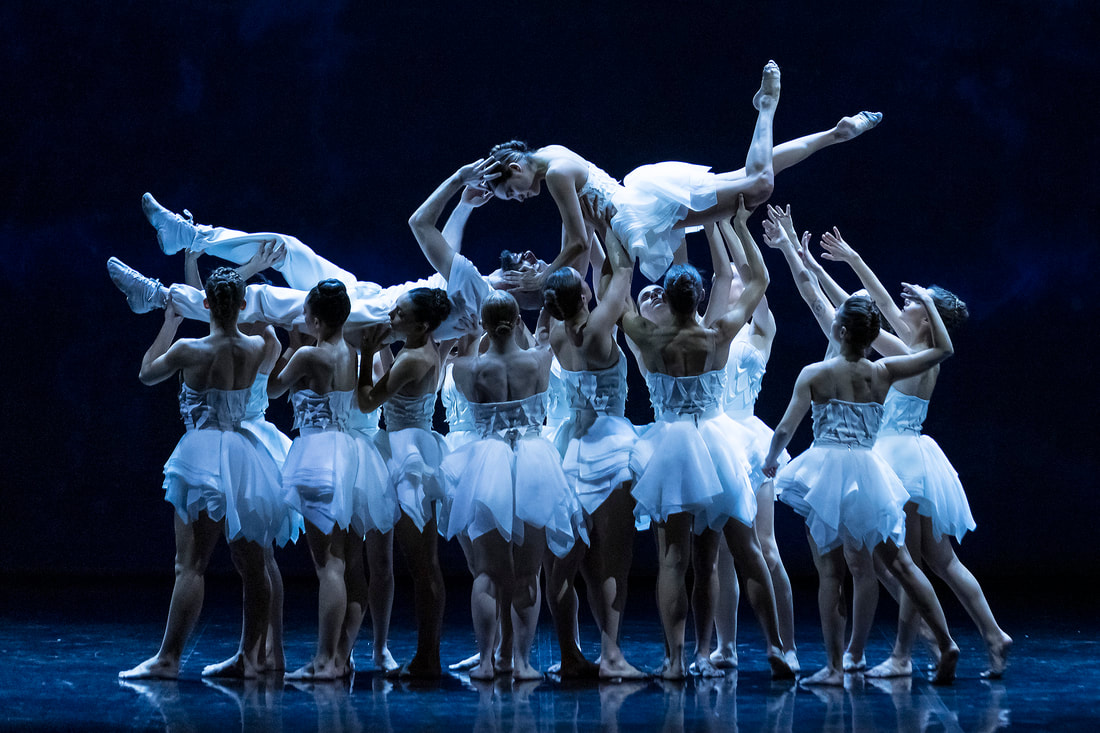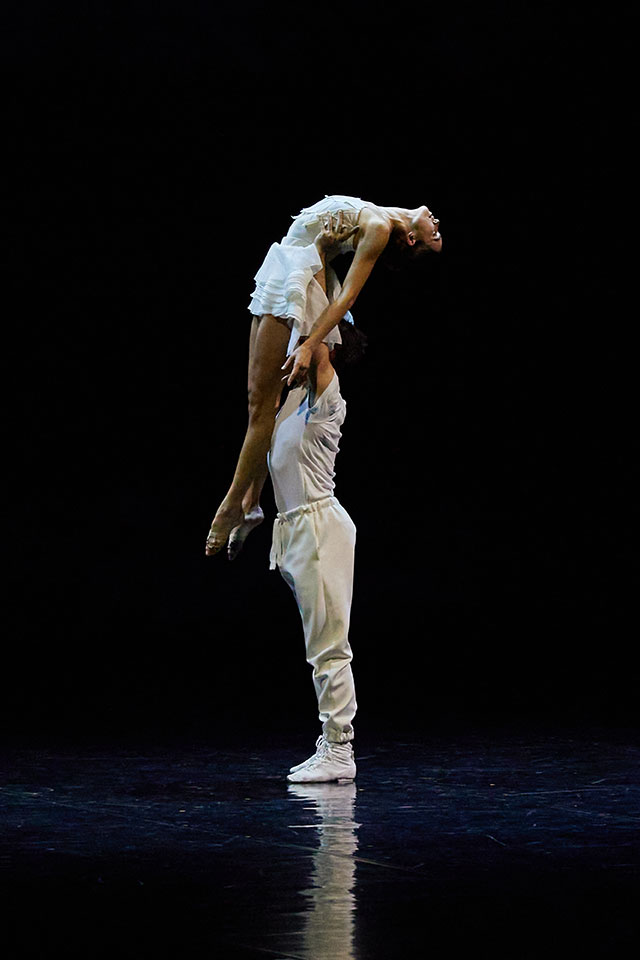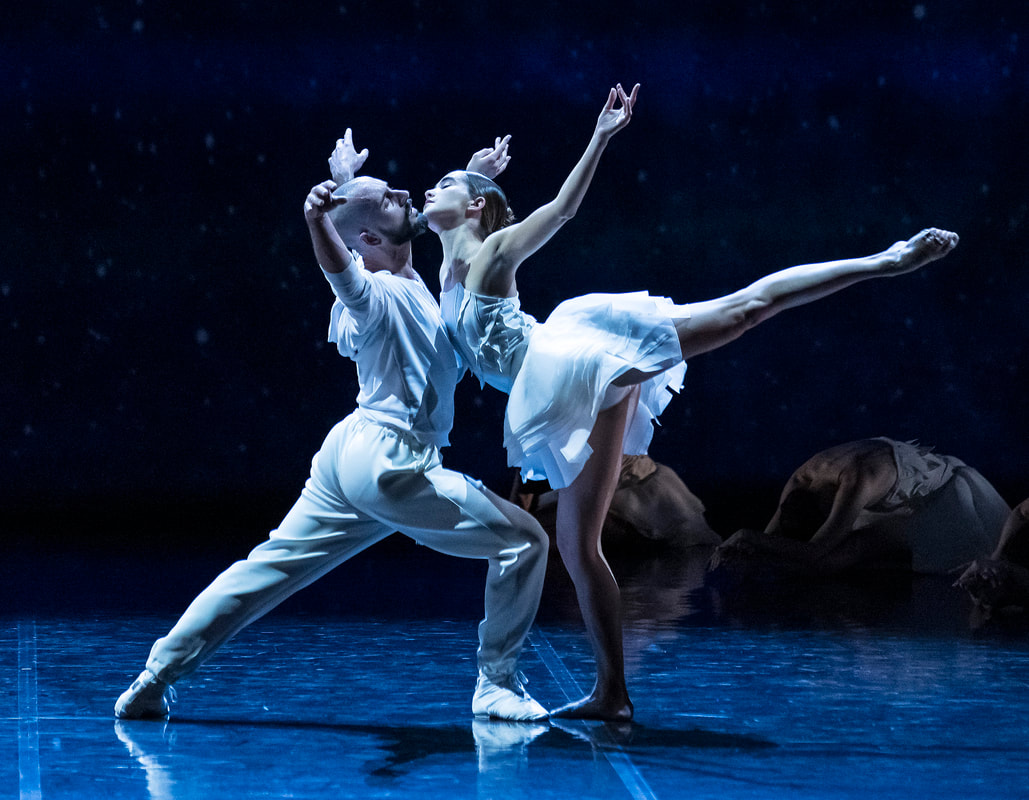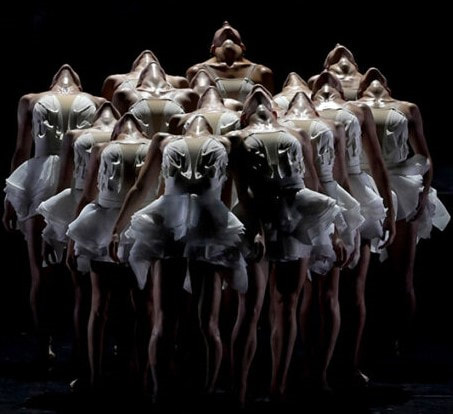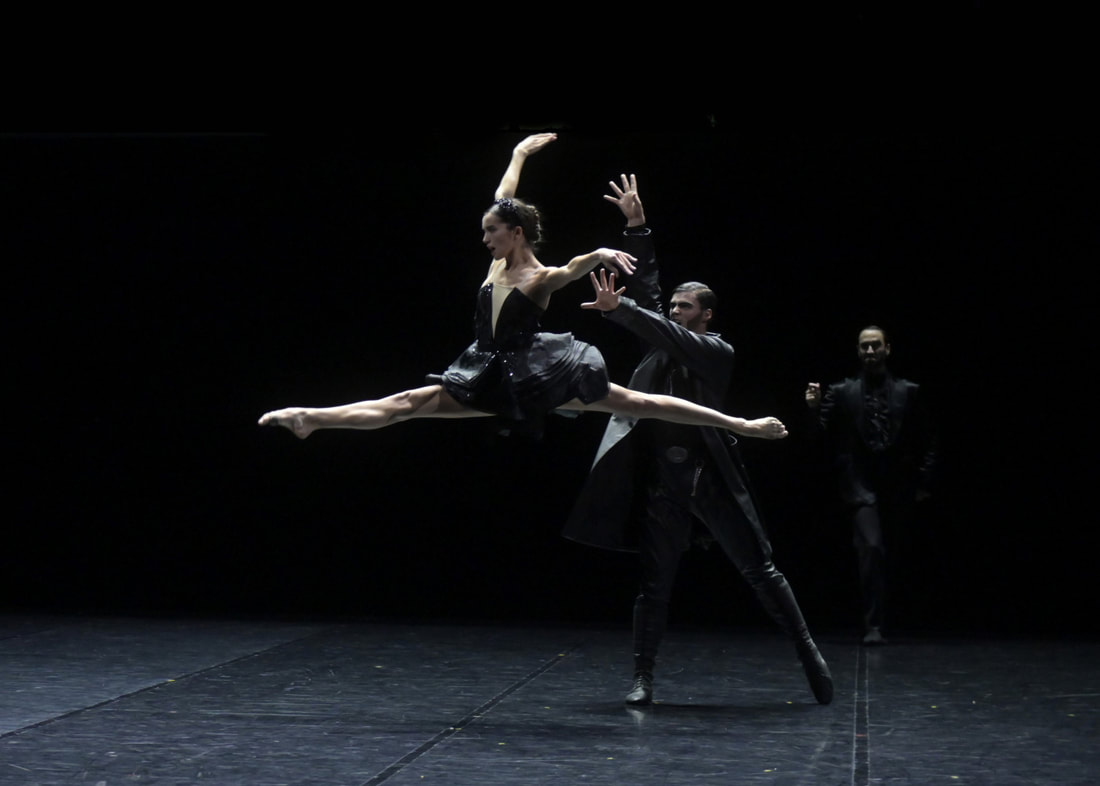Review: A Swan Song for the TimesBallet Preljocaj reimagines Swan Lake
WORDS Ninette Paloma
It wasn’t long after Swan Lake debuted on the Bolshoi Theatre’s stage back in 1877 that choreographers the world over began to plot its revision.
In its original version, a sorcerer’s curse transforms the princess Odette into a swan, where she dies at the hands of her stepmother before true love can break the spell. Since then, variations have transformed the villain queen into an overprotective mother, the sorcerer into a raging and destructive father, and even the white swan herself into a feathered Adonis. It was almost a rite of passage, then, for Angelin Preljocaj, founder of France’s Ballet Preljocaj, to have readdressed the fabled love story for a 2020s audience. No stranger to reimagining, the choreographer had already approached the tales of Snow White and Romeo and Juliet with matching courage, distilling familiar characters down to archetypal abstractions and symbols of imbalance. Under Preljocaj’s gaze, Swan Lake was to be less about star-crossed lovers and more about the external circumstances contributing to the demise of love itself. Preening for two packed houses on a blustery Santa Barbara weekend, the company ushered in a new chapter for Swan Lake just in time for the ballet’s 146-year anniversary, layering video imagery with bare feet to the rapture of Central Coast audiences. Presented by UCSB Arts & Lectures, Preljocaj’s Swan Lake for a new generation focused a steady lens on the callous virtues of big commerce, where civility and compassion might take a back seat to the singular drive for financial gain. In this reimagined version, Odette’s transformation from princess to swan is depicted by a deconstructed dress in the opening prologue – sleeves that transform into plumage and a bodice wrapped into the silhouette of an elegant bird. From there, traditional ballroom scenes are traded out for techno-fueled raves, and the sorcerer Rothbart’s interest in marrying off his daughter Odile to Prince Siegfried seems less like a traditional power move and more like a slick business transaction between two families. The prince’s only respite? The discovery of a magical lake overlooking his family’s soon-to-be constructed production factory, where Odette and her swan tribe frolic in achingly beautiful harmony with spirit and nature. The seduction of belonging is portrayed here in two arresting compositions: the thumping and invasive vibrancy of Siegfried’s family and their business acquaintances; and the serene symbiosis of Odette and her wise and loyal flock. Accident or not, the prince chooses Odile – and all the financial implications that come with their union – to the detriment of Odette’s heart, yes, and more importantly, to her livelihood. In the final scene, when the factory’s emissions take a fatal toll on the lake’s inhabitants and the prince rolls Odette’s lifeless body onto his thighs, onto his chest, drawing her legs over his shoulders in utter disbelief over the far-reaching consequences of his choices, Preljocaj’s artistic sensibility comes raging into focus. The tragedy of Swan Lake might just be our tragedy, too. And we would be wise to heed its timely implications. |
